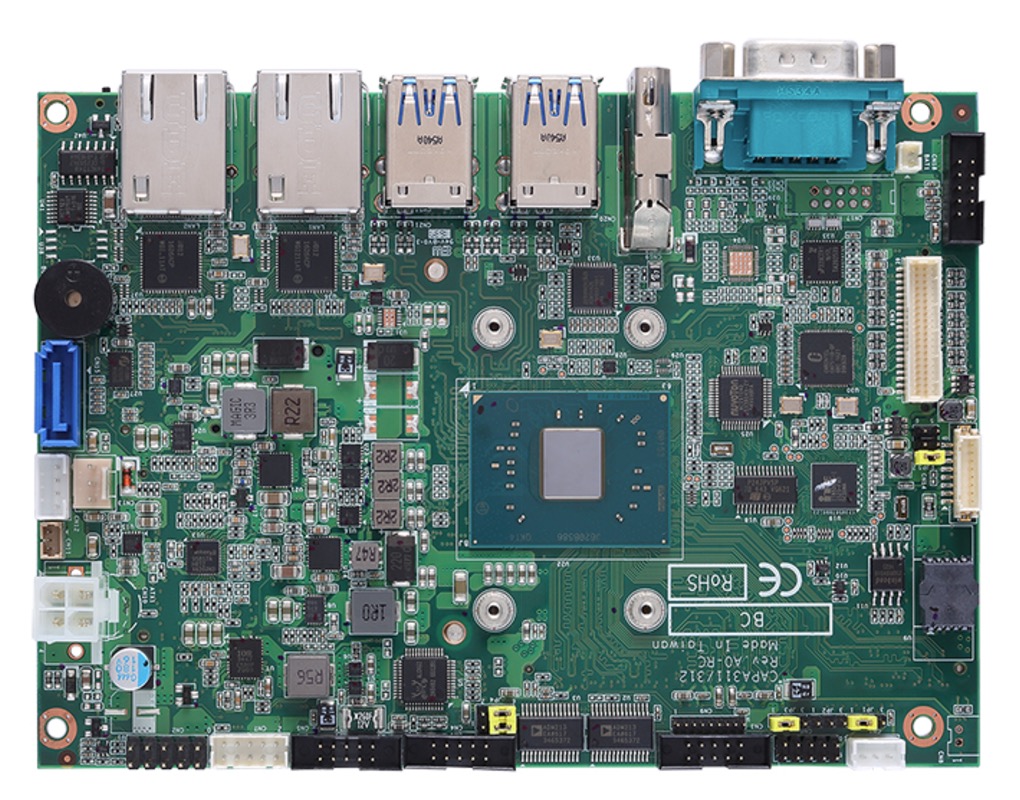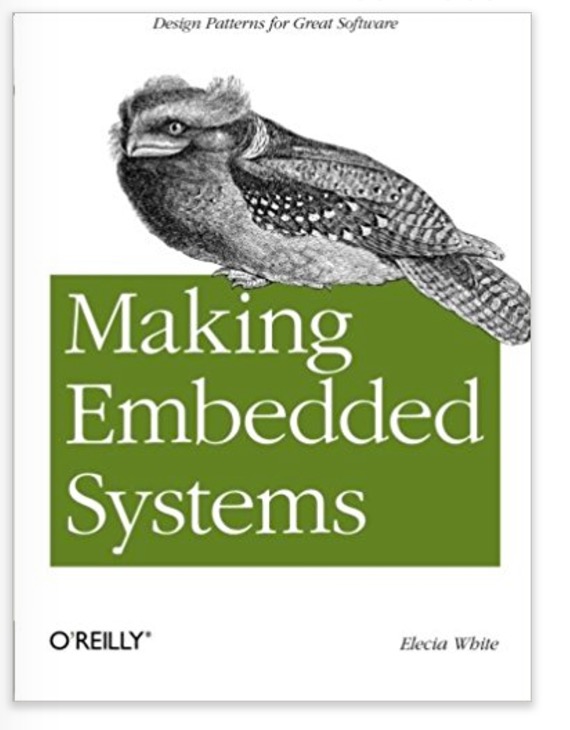Recent Posts
Fanless Embedded Single-Board Computer With Intel Pentium Or Celeron Processor
Posted by on
Axiomtek announced their CAPA312, a fanless 3.5-inch embedded motherboard, powered by the Intel Pentium processor N4200 or Celeron processor N3350 (codename: Apollo Lake). This 3.5” embedded board was designed for operational stability in a wide operating temperature range from -20°C to +60°C (or optionally up to +70°C) and requires +12V DC power input. It also comes with I/O connectors, various display interfaces and two PCI Express Mini Card slots for an array of industrial applications. This 3.5” embedded SBC is a solution for IoT/M2M related applications, such as industrial automation, self-service terminals, digital signage, POS/kiosk displays, medical, and more.
The CAPA312 adopts one 204-pin DDR4-1867 SO-DIMM socket supporting system memory up to 8GB. Furthermore, the 3.5-inch embedded board comes with two RS-232/422/485, two RS-232, two USB 2.0, four USB 3.0, eight-channel digital I/O, HDMI, LVDS, audio, and dual Gigabit LANs with Intel i211AT Ethernet controller. It features one SATA-600 socket and one mSATA interface for storage needs. To ensure operation, the 3.5” embedded SBC supports TPM 1.2, watchdog timer, hardware monitoring features.
Main Features
- Intel Pentium processor N4200 or Celeron processor N3350 (formerly codename: Apollo Lake)
- 1 DDR3L-1867 SO-DIMM, up to 8GB
- 2 USB 2.0 and 4 USB 3.0 ports
- 2 PCI Express Mini Card slots
- 2 Gigabit Ethernet ports supporting Wake-on-LAN
- Operating temperature from -20°C to +60°C (-4°F to +140°F), or up to +70°C (+158°F) optionally
- Download/View the CAPA312 Embedded SBC data sheet (PDF)...
Interested in developing embedded systems? Since they don't tolerate inefficiency, these systems require a disciplined approach to programming.
This easy-to-read guide helps you cultivate a host of good development practices, based on classic software design patterns and new patterns unique to embedded programming.
Learn how to build system architecture for processors, not operating systems, and discover specific techniques for dealing with hardware difficulties and manufacturing requirements.
Written by an expert who's created embedded systems ranging from urban surveillance and DNA scanners to children's toys, this book is ideal for intermediate and experienced programmers, no matter what platform you use.
- Optimize your system to reduce cost and increase performance
- Develop an architecture that makes your software robust in resource-constrained environments
- Explore sensors, motors, and other I/O devices
- Do more with less: reduce RAM consumption, code space, processor cycles, and power consumption
- Learn how to update embedded code directly in the processor
- Discover how to implement complex mathematics on small processors
- Understand what interviewers look for when you apply for an embedded systems job
 Loading... Please wait...
Loading... Please wait...


